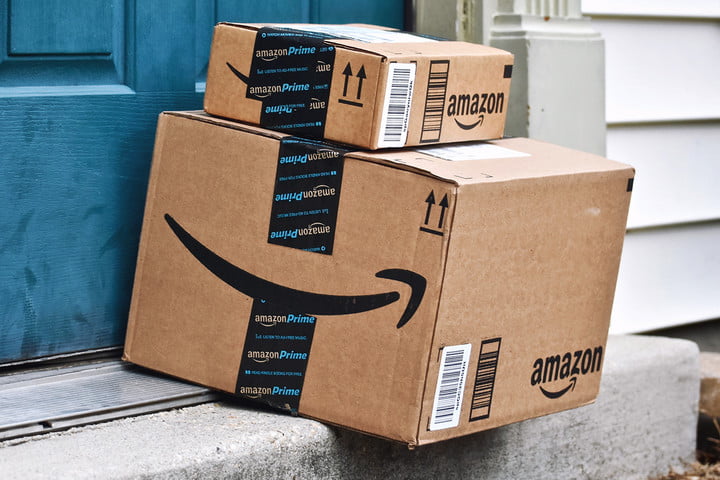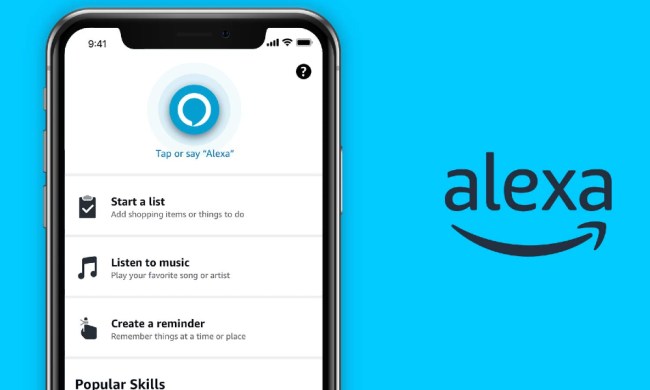
It’s been a little over a month since we learned of Amazon’s joint efforts with Berkshire Hathaway and JP Morgan to disrupt healthcare and now the online retailer is making another big move in the space. On Wednesday, March 7, Amazon announced that it would offer Amazon Prime memberships at an almost 50 percent discount for those on Medicaid. This comes a year after the company offered the same discount to folks who receive government food benefits.
Beginning today, individuals who qualify for Medicaid will also qualify for a lower price on Prime memberships. Whereas the standard cost is $13 per month, those on Medicaid will be able to take advantage of the two-day shipping service (along with other perks afforded by Prime) for $6 a month. There is no annual commitment required, and the discount stands for up to four years. While it doesn’t appear that there is a yearly discount option, the total cost for a one-year membership to Prime is still $27 cheaper than the standard annual Prime rate of $99.
As USA Today reports, the decision is “part of a concerted effort” from Amazon “to gain more market share among low income consumers and those without access to traditional banking and credit.” While 82 percent of American households with incomes of more than $112,000 a year are Prime members, that figure drops to 52 percent among households with incomes of between $21,000 and $42,000. And pulling folks onto Prime is key to Amazon’s success. According to Consumer Intelligence Research Partners, Prime subscribers spend nearly $1,000 more on average at Amazon than non-Prime customers.
“This is just about our customers and our members and giving them the best of Amazon with an incredible selection of benefits. We’re really customer-focused and not competitor-focused,” Aaron Perrine, program leader for Amazon’s Prime Lifestages group, said in a statement. “It’s certainly the case that we’re hoping to create some lifetime Prime members here.”
The move could also allow Amazon to compete with physical retailers like Walmart, which tend to perform better among lower-income groups. As Avi Greengart, an industry analyst with GlobalData, told USA Today, “The ability to order things online and have them shipped directly to your door within a quick time frame, people in higher earning demographics have long seen this as a convenience that changes the way they shop. People that this opportunity are targeting are going to get that chance for the first time — and they may actually need it more.”


